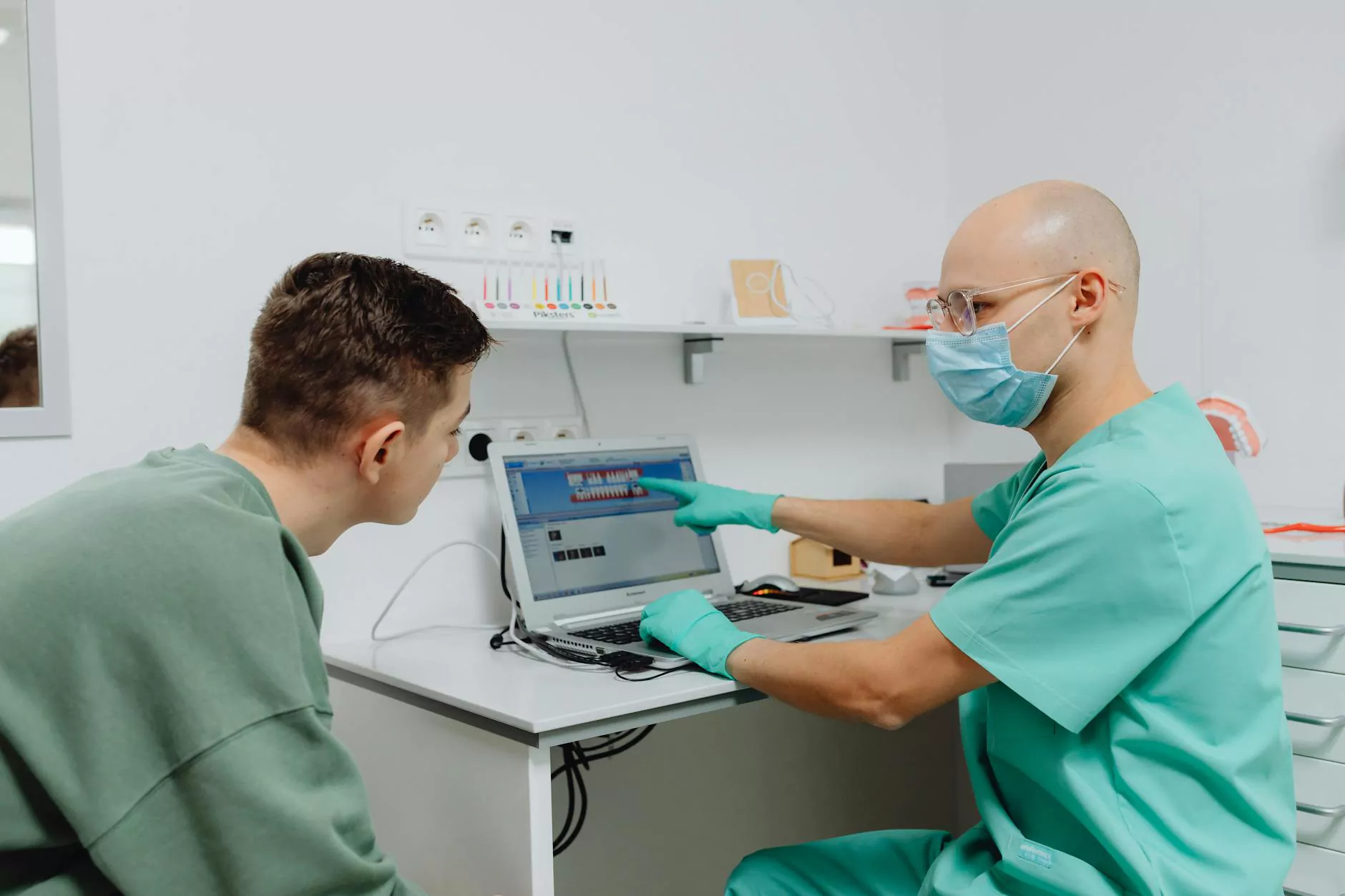Comprehensive Guide to Smoke Damper Inspection: Ensuring Safety, Efficiency, and Compliance in Your HVAC System

In modern building management and HVAC system maintenance, smoke damper inspection plays a pivotal role in safeguarding occupants, maintaining compliance with safety regulations, and optimizing overall system performance. Smoke dampers are critical fire safety devices installed within ventilation and duct systems to prevent the spread of smoke and toxic gases during fire emergencies. Regular inspection and maintenance of these components not only ensure their functionality but also contribute significantly to the integrity of your entire heating, ventilation, and air conditioning (HVAC) system.
Understanding the Role of Smoke Dampers in Building Safety
Smoke dampers are specialized fire safety devices designed to automatically close upon detection of smoke or fire conditions. When integrated properly within HVAC systems, they serve as vital barriers that limit the movement of smoke between different areas of a building, thereby protecting occupants and facilitating safe evacuation routes. These dampers are strategically installed in vertical or horizontal ductwork, often within fire-rated walls and floors, to create a resilient smoke barrier.
The importance of smoke damper inspection cannot be overstated. Malfunctioning dampers can lead to catastrophic consequences, such as uncontrolled smoke spread, endangerment of life, and violations of building safety codes. Hence, routine assessment ensures they operate reliably when needed.
Legal & Safety Regulations Governing Smoke Damper Performance
Building codes and fire safety standards worldwide mandate regular inspection, testing, and maintenance of smoke dampers. In the UK, compliance with BS 9999 (Code of Practice for Fire Safety in the Design, Management, and Use of Buildings) and other relevant regulations is crucial. Failure to perform smoke damper inspection can lead to fines, legal liability, and increased risk during emergencies.
Additionally, insurance policies often require documented evidence of regular inspections for the continued validity of coverage. Therefore, partnering with certified professionals for smoke damper inspection aligns with legal compliance and best practices in building safety management.
Benefits of Regular Smoke Damper Inspection
- Enhanced Safety: Ensures dampers operate correctly during fire incidents, protecting lives.
- Code Compliance: Meets legal requirements and avoids penalties or shutdowns.
- System Reliability: Keeps your HVAC system functioning optimally with minimal unexpected failures.
- Cost Savings: Prevents costly repairs and damage caused by undetected malfunctions or deterioration.
- Extended Equipment Lifespan: Regular maintenance prolongs the life of installed dampers and associated components.
- Reduced Liability: Demonstrates due diligence, reducing potential legal liabilities in case of fire incidents.
The Essential Process of Smoke Damper Inspection
Step 1: Visual Inspection
The first phase involves a thorough visual assessment of the smoke damper. Inspect for signs of corrosion, physical damage, or obstructions that could impair operation. Check the damper blades, linkage, and control mechanisms for integrity and proper alignment. Ensure there are no debris, dust, or other materials that could hinder movement.
Step 2: Mechanical Function Test
Conduct a manual and automatic test to verify the damper’s ability to close and open correctly. This involves activating the damper’s control system, either electronically or pneumatically, and observing proper operation. Confirm that the blades seal tightly when closed and that no unusual noises or resistance is present during movement.
Step 3: Integration and Control System Check
Evaluate the control mechanisms that trigger damper closure during smoke detection. This includes testing fire alarm integration, sensors, and automated control panels. Make sure all safety devices respond promptly and accurately, and verify wiring and programming are up to date.
Step 4: Testing the Fire Safety Compliance
Perform functional fire and smoke testing if permitted to simulate real-life conditions. This step confirms that the dampers react correctly during emergency scenarios. It can involve smoke or heat detectors and should always be carried out following safety protocols and manufacturer guidelines.
Step 5: Documentation & Reporting
After inspection and testing, compile detailed reports documenting findings, any issues detected, and corrective actions taken. Proper documentation is essential for compliance, insurance, and future reference. Recommendations may include repair or replacement of faulty components to ensure continued operation.
Common Issues Detected During Smoke Damper Inspection
Some frequent problems include:
- Corrosion and rust: Especially in humid environments, leading to compromised metal components.
- Broken or sticking blades: Causing improper sealing or failure to close during emergencies.
- Control system failures: Faulty wiring, outdated controls, or software glitches.
- Obstructions or debris: Accumulated dust, dirt, or foreign objects blocking damper movement.
- Damper linkage damage: Worn or broken mechanical linkages impeding operation.
- Electrical faults: Short circuits or loose connections disrupting automatic responses.
How Often Should Smoke Damper Inspection Be Performed?
Industry standards recommend at least an annual smoke damper inspection. However, the frequency can vary depending on:
- The type of building (commercial, residential, industrial)
- Environmental conditions (humidity, exposure to corrosive elements)
- Frequency of HVAC use
- Previous inspection and maintenance history
- Manufacturer recommendations
More frequent inspections might be necessary for critical facilities such as hospitals, laboratories, or large commercial complexes where safety is paramount.
Choosing Professional Services for Smoke Damper Inspection
Partnering with certified HVAC specialists or fire safety professionals ensures a comprehensive, compliant, and accurate inspection process. Skilled technicians provide:
- In-depth knowledge of relevant building codes and safety standards
- Advanced diagnostic tools for precise assessment
- Expert recommendations for repairs or upgrades
- Documentation aligned with legal and insurance requirements
Maintenance Tips to Extend the Life of Your Smoke Dampers
To ensure your smoke dampers remain operational, consider the following maintenance tips:
- Regular cleaning: Remove dust, debris, and corrosion from damper blades and links.
- Periodic testing: Schedule routine function tests to verify operational readiness.
- Control system checks: Ensure sensors and wiring are in good condition and calibrated.
- Prompt repairs: Address any issues identified during inspections promptly to prevent escalation.
- Professional servicing: Engage qualified technicians annually for comprehensive checks and maintenance.
Conclusion: Prioritize Safety with Regular Smoke Damper Inspection
In the realm of building safety and HVAC system efficiency, smoke damper inspection stands out as a non-negotiable procedure. It bridges the gap between compliance, occupant safety, and operational excellence. Regular inspections and maintenance safeguard your property, uphold safety standards, and ensure your HVAC system functions flawlessly during emergencies.
For professional, reliable, and affordable smoke damper inspection services, trust dw-air.co.uk. Our team of experienced specialists is dedicated to helping you maintain the highest standards of safety and performance in your building systems.









